Customs valuation management: Seven years of “gains” and “failures”
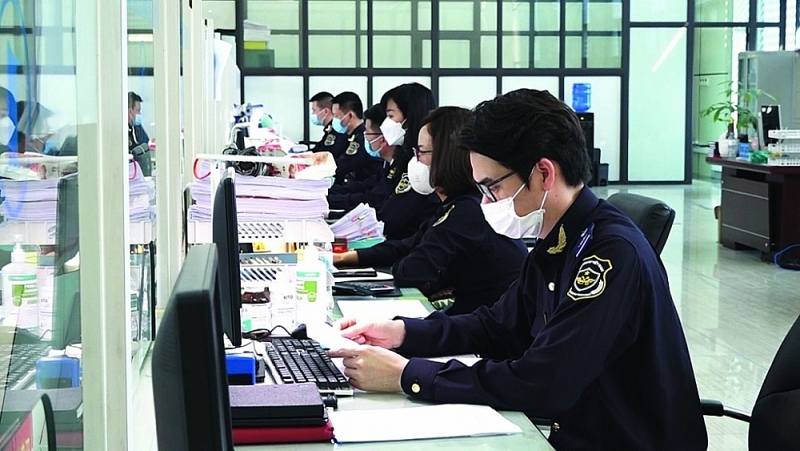 |
| Professional activities at Huu Nghi Customs Branch (Lang Son Customs Department). Photo: H.Nụ |
In 2015, the Ministry of Finance approved a project to improve the capacity of customs in the field of goods classification and customs valuation (referred as Project 2015), implemented by General Department of Vietnam Customs. After seven years of implementation, besides the achievements, the customs valuation management has revealed problems, requiring a broader "coat" to ensure efficiency and keep up with the reform of administrative procedures, facilitate trade activities, and protect national interests.
Basically complete…
Customs valuation is the value of import-export goods reflecting the value of goods when it is "transported" across national borders. Customs valuation is used for different customs management purposes, in which Vietnam Customs and the Customs Law affirms the basic role is to serve the purposes of tax calculation and customs statistics.
The management of customs valuation has been prescribed in the Law on Customs, the Law on Tax Administration, the tax laws for import and export goods and the guidance documents at the Government level and the Ministry of Finance.
According to the assessment of the Import-Export Duty Department (General Department of Vietnam Customs), compared with international standards, the system of legal documents on customs valuation included most of the main contents, ensuring the interests and obligations of customs declarants, enterprises and the State. The system is also consistent with the general principles of customs value management under the World Trade Organization (WTO). At the same time, these regulations also ensure the constitutionality, legitimacy and consistency, strictly comply with the authorization, form, order and procedures, ensuring the transparency of legal documents.
The current regulations created a foundation for Customs authorities to fully authorize customs valuation management in accordance with their assigned functions and tasks, including the organization of inspection, customs valuation; and coordinate and exchange information in service of customs valuation management between Customs and agencies inside and outside the Ministry of Finance. In addition, the system of legal documents also contributes to improving the sense of compliance of enterprises in customs declaration and valuation and warning and prevention of trade fraud via prices.
According to the Import-Export Duty Department, the management of customs valuation is currently being implemented at all levels and customs units on the basis of two professional processes; the process of inspecting and determining the customs valuation in clearance and post-clearance audit process. The processes are clear and transparent, improving the efficiency of customs valuation management in the whole sector. It has a linkage and information exchange and sharing from the stage of information collection and processing, to risk assessment, risk warning about declaration and valuation determination to sharing information about results of valuation inspection during clearance and post clearance audit.
A representative of the Customs Valuation Division (Import and Export Duty Department, General Department of Vietnam Customs) said that the implementation of the order and procedures for inspection, consultation and determination of taxable value for import and export goods in clearance was basically uniformly implemented. This contributes to prevention and timely detection to prevent acts of trade fraud through price; raising the sense of voluntary compliance with the law of import-export enterprises, creating a fair and healthy business environment and complying with international commitments on customs valuation such as the GATT Agreement and the Kyoto Convention.
This is clearly shown by specific numbers. In the period from 2019-2021, the number of risk criteria indicators set up under the List of Risky Goods, to warn and check valuation in clearance, is 8,649 indicators, corresponding to 2,698,001 declarations with risk indications which were subjected to valuation inspection. In 2021, the number of criteria established was eight indicators, corresponding to 725,322 declarations with risk indications which were subjected to valuation inspection, accounting for 5.17% of total declarations across the whole country.
Besides the inspection and consultation of valuation in customs clearance, Customs authorities have implemented thematic inspection during and post-clearance audit for key items which are suspected in value. As a result, Customs have collected hundreds of billions of dong of tax and paid into the state budget.
Reports of provincial customs departments since the implementation of thematic inspection showed that; in 2019 the whole sector has established a list of 405 key enterprises to apply risk control measures, detected a total of 304 declarations with violations; and in 2020, the whole sector continued to monitor and establish a list of 417 key enterprises. As a result, a total of 457 violation declarations were detected; in 2021, units throughout the sector continued to monitor and establish a list of 619 key enterprises, resulting in a total of 823 violation declarations. Many declarations are classified to green channel have detected violations related to incorrect declarations on prices and transferred to post-clearance audit for clarification. Typically, cases occurred at Binh Phuoc Customs Department, Da Nang, and Quang Ninh.
The specialized inspection on customs valuation has also discovered that enterprises have declared missing items that must be added to the taxable value, preventing losses of revenue for the state budget and improving the compliance with valuation declaration of goods of enterprises which are inspected.
From the practice of anti-fraud on prices, it is shown that the methods and tricks used by people to evade tax are forging transaction documents to declare incorrect customs valuation such as; enterprises declaring low value for items with high tax rates such as the smuggling case of TPD Co., Ltd that occurred in Hai Phong when exporting 1,646 tons of aluminum ingots. This enterprise made fake documents, declared values lower than the actual value in order to evade taxes; or fail to fully declare the amounts that must be added to the taxable value (the enterprise declares insufficient amounts such as commission fees, brokerage fees, fuel surcharges, sea insurance fees, shipping fees from warehouses of exporting country to port of export, etc.) as the case happened at the European Automobile Joint Stock Company.
According to the Import-Export Duty Department, the customs valuation management has brought in the past seven years is that the organizational structure at the implementing units has been relatively reasonable, covering functions and tasks related to this work at all three levels under the organizational structure of Vietnam Customs.
Customs officers in charge task of valuable from the General Department level to the branch level initially met the requirements, received basic training and experience. At the department level, they have paid more attention to the rotation of customs officer performing task of valuation.
At the same time, arranging customs officers having economic knowledge to perform customs valuation management. The coordination in customs valuation management in the field of professional guidance is being implemented evenly and with a plan to deal with technical problems in inspection and determination of customs valuation; coordinating the post-clearance audit of the valuation at the enterprise's headquarters is done methodically.
… but many inadequacies
Although there are enough legal bases, tools, and people to implement and achieve many remarkable results, the customs valuation management has not kept pace with market fluctuations and the development of science and technology. There are obvious limitations.
At a seminar to collect comments on the draft Project on Reform of Customs Valuation Management between 2021-2030, held by the General Department of Vietnam Customs in collaboration with the United States Agency for International Development (USAID) on May 31, 2022, representatives of a number of local customs departments said that new Customs Law only reflected the determination of customs valuation of goods in commercial purchase and sale transactions. It does not specify the non-commercial import and export goods, leading to confusion and problems when determining the customs valuation of non-commercial goods.
There is no foundation to ensure the release of goods before the customs valuation of goods was determined, leading to very high risks for tax collection. If the law stipulated that before the release of goods, the taxpayer must pay to guarantee the tax amount that can be increased after consultation, the situation where the business disappears, leaving behind the amount of tax debts would not occur.
For example, a representative of the Post-Clearance Audit Department (GDVC) said that, according to current regulations, if the customs authority suspects that the declared value was incorrect, the customs authority will allow to release the goods at the declared price and the tax paid following the declared value. Then, within 30 days, a consultation will be held before making a final decision on the customs valuation. The consequence of this regulation was that enterprises declared low prices to evade taxes. When the customs authority checked, re-determined the customs valuation, and making decision of tax assessment to increase the payable tax amount, the enterprise had time to complete the procedures for dissolution or shutdown, leading to an increase in the amount of bad debt. For example, the situation of enterprises exporting veneer wood to China from 2020 to now has not been resolved.
Or some argue that the regulations on the order and content of customs valuation inspection are still complicated and not compatible with the general customs procedures, causing great pressure on customs officers at branches as well as causing confusion for enterprises. The regulations on pre-determining customs valuation are not feasible. Many countries around the world hardly stipulate the pre-determination of customs valuation, but only conducting pre-consultation on the valuation so that the customs authority can guide the customs declarant to determine the valuation before making customs declaration.
Regarding the difficulties in warning of valuation risks in customs clearance, according to a representative of the Legal Department (GDVC), currently, there lacks a professional processes for managing risks in terms of valuation and tools, application supports on building a list of goods and a list of businesses with risks in price, especially lacks of information related to this activity. The cause was determined to be the lack of connection between information of enterprises inspection results and information of enterprise record management as well as lack of coordination between information analysis departments.
Another difficulty pointed out by the representative of Binh Duong Customs Department is that comparison and inspection of the declared value is being carried out manually by customs officers, while the volume of import and export goods increases (about 10%-15% per year on average), the number of criteria and risk warning indicators increases, leading to an increasing number of declarations and goods lines subject to inspect.
In many customs branches, customs officers who perform task of valuations are overloaded with work. Furthermore, the consultation has not been paid attention enough, customs officers have not been provided with sufficient information for comparison and inspection, leading to a situation where consultations are held through loudspeakers and ineffectiveness.
Data shows that the rate of rejection of the declared price after consultation is low compared to the total number of consignments to be consulted. Specifically, about 17% in 2019, about 20% in 2020 and about 23% in 2021. The situation of determining the taxable value lower than the price database is still happening, the determination of prices is not consistent, leading to many different taxable prices. As a result, enterprises are not satisfied with the consultation result, resulting in complain about valuation.
Related News

Hanoi Customs resolves tax policy queries for enterprises
09:26 | 22/11/2024 Regulations

Nghe An Customs surpasses challenges, achieves revenue target ahead of schedule
14:24 | 09/11/2024 Customs

Managing price effectively, reducing pressure on inflation
12:09 | 04/10/2024 Finance

Scrutinizing taxable price, HCM City Customs raises nearly VND 100 billion
10:11 | 19/09/2024 Anti-Smuggling
Latest News
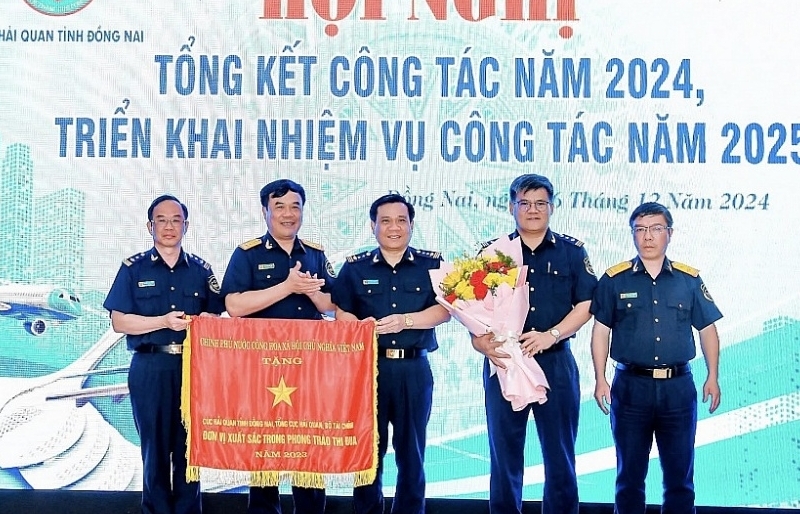
Dong Nai Customs proposes to pilot restructuring according to the new model
13:47 | 28/12/2024 Customs
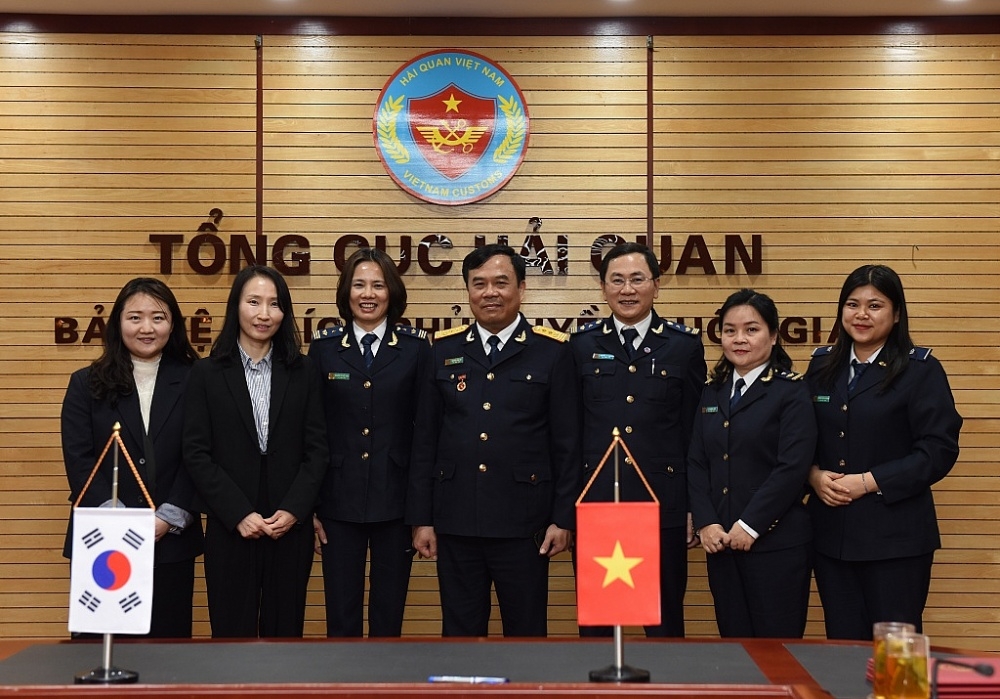
Vietnam, Korea Customs sign AEO MRA
11:07 | 26/12/2024 Customs

Quang Nam Customs focuses on preventing smuggling and combating budget loss
11:07 | 26/12/2024 Customs
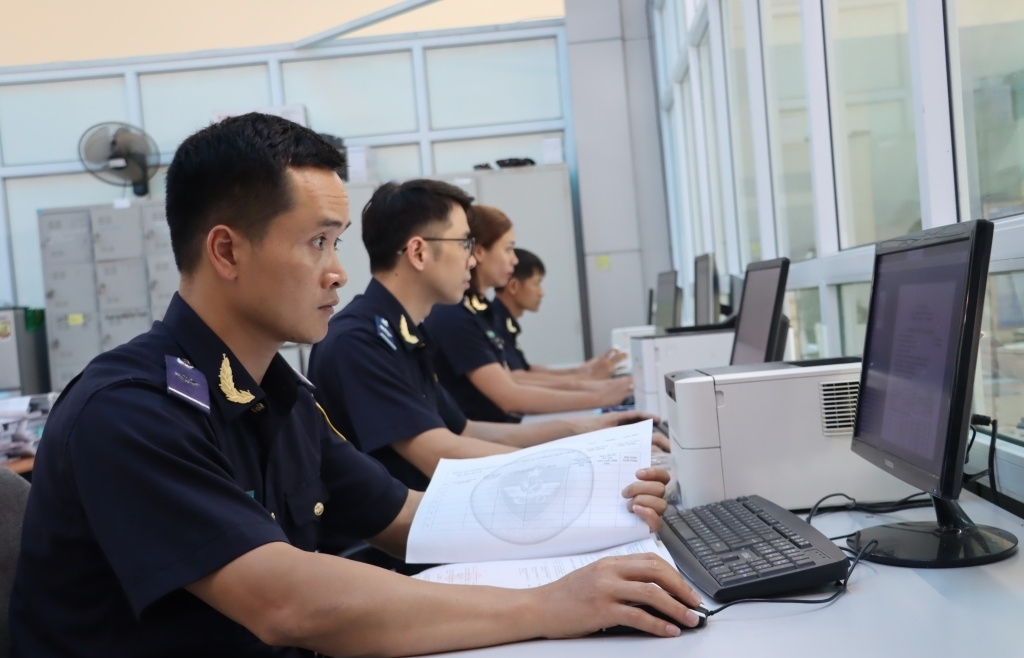
Customs Modernization: From VNACCS to Digital Customs. Part 1: The "Revolution" of VNACCS
09:44 | 25/12/2024 Customs
More News
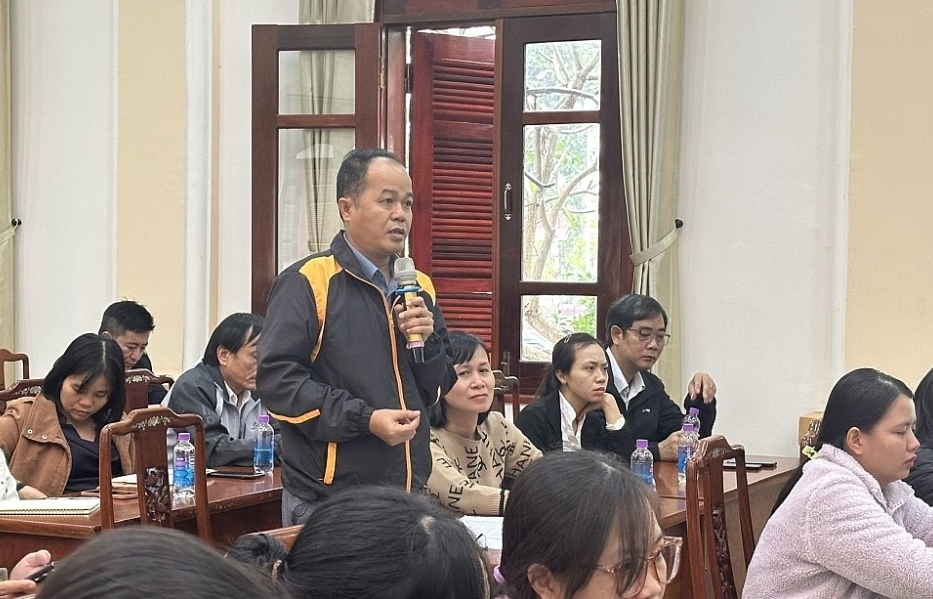
Quang Ngai Customs engages in dialogue with over 100 import-export enterprises
09:42 | 25/12/2024 Customs

Ba Ria - Vung Tau Customs strives to be ready to effectively implement the new organizational model
09:01 | 24/12/2024 Customs

Mong Cai Border Gate Customs Branch tops CDCI
09:00 | 24/12/2024 Customs

Ho Chi Minh City Customs: Satisfactorily resolving problems for Japanese businesses
11:07 | 23/12/2024 Customs
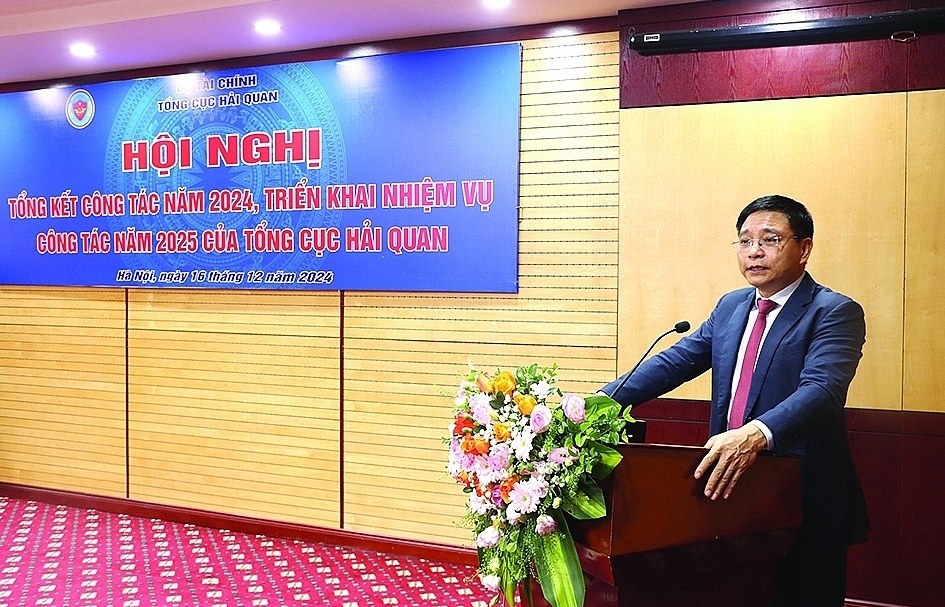
Minister of Finance Nguyen Van Thang: Facilitating trade, ensuring national security, and preventing budget losses
19:09 | 21/12/2024 Customs

Official implementation of the program encouraging enterprises to voluntarily comply with Customs Laws
18:31 | 21/12/2024 Customs

Proactive plan to meet customs management requirements at Long Thanh International Airport
18:30 | 21/12/2024 Customs

An Giang Customs issues many notes to help businesses improve compliance
09:29 | 20/12/2024 Customs
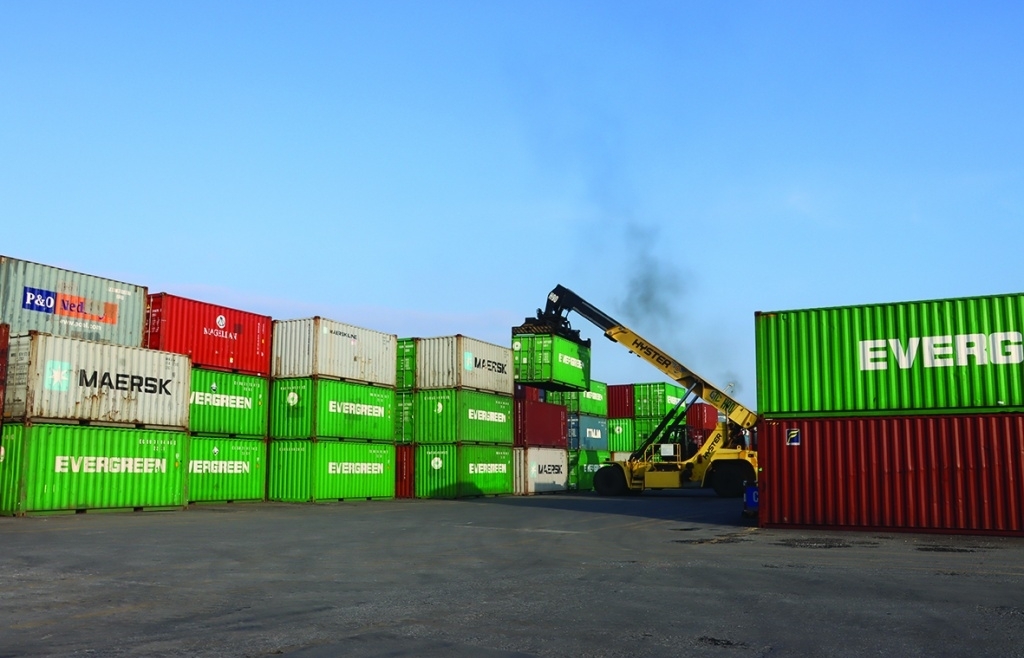
Hai Phong Customs processes over 250,000 declarations in November
15:18 | 19/12/2024 Customs
Your care

Dong Nai Customs proposes to pilot restructuring according to the new model
13:47 | 28/12/2024 Customs

Vietnam, Korea Customs sign AEO MRA
11:07 | 26/12/2024 Customs

Quang Nam Customs focuses on preventing smuggling and combating budget loss
11:07 | 26/12/2024 Customs

Customs Modernization: From VNACCS to Digital Customs. Part 1: The "Revolution" of VNACCS
09:44 | 25/12/2024 Customs

Quang Ngai Customs engages in dialogue with over 100 import-export enterprises
09:42 | 25/12/2024 Customs


